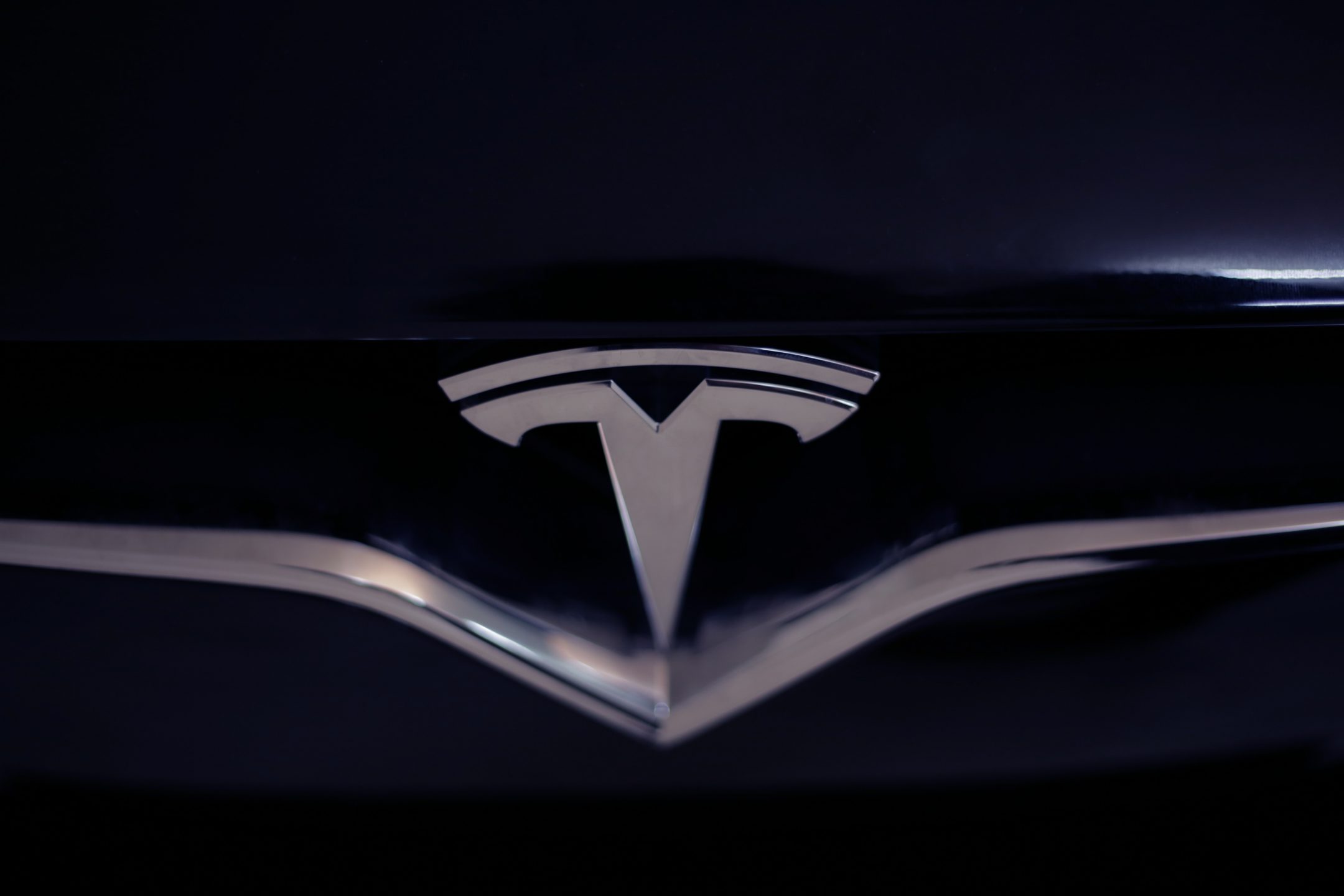The family of Walter Huang (“Huang”), 38 years old at the time of his death, has filed a lawsuit against Tesla alleging wrongful death and negligence in a California state court. Huang died in a crash while driving his Tesla Model X SUV along U.S. Route 101 in California in March 2018.
What Happened?
On March 23, 2018, Huang was driving his Tesla in Mountain View, California on Autopilot mode when the car sped up to 71 mph and crashed into a safety barrier, resulting in Huang’s death.
Huang had purchased his Tesla vehicle as a birthday gift to himself but quickly began complaining to family members about alleged flaws with the Autopilot features. Huang even brought his vehicle into a dealership but was unable to replicate the issues that he was having with his vehicle and he was advised to keep driving it.
Huang’s family alleges that Tesla’s marketing of its Autopilot features left Huang with an “inflated impression” of the vehicle’s technological capabilities.
The lawsuit alleges that Tesla has a defective product design, provided intentional and negligent misrepresentation and false advertising, in addition to other allegations.
The attorney representing the Huang family stated:
The navigation system of Huang’s Tesla misread the lane lines on the roadway, failed to detect the concrete median, and failed to brake the car, but instead accelerated the car into the median. … That system is not safe, is not something that should be released to the public and certainly should not be advertised as an Autopilot system.
The Huang family wants to help prevent this tragedy from happening to other drivers using Tesla vehicles or any semi-autonomous vehicles.
The Huang family is also suing the state of California. The lawsuit alleges that California’s department of transportation failed to replace a crash attenuator guard after a motor vehicle accident had occurred days earlier. The family alleges that had the crash attenuator guard been replaced the impact would have been better absorbed during the high-speed collision.
What is Autopilot?
Autopilot is software that works as a driver-assistance system with features such as traffic-aware cruise control and lane keeping assistance that enables the vehicle to steer, accelerate and brake within its lane, as well as maintain a safe distance from traffic and follow road markings.
Tesla’s website specifically states that “[c]urrent Autopilot features require active driver supervision and do not make the vehicle autonomous.”
Tesla’s Response to Huang’s Accident
Although Tesla has not provided any comment in regards to the recent lawsuit commenced by the Huang family, Tesla did issue a statement following Huang’s accident, which read as follows:
Our hearts are with the family and friends who have been affected by this tragedy. … The driver had received several visual and one audible hands-on warning earlier in the drive and the driver’s hands were not detected on the wheel for six seconds prior to the collision. … If you are driving a Tesla equipped with Autopilot hardware, you are 3.7 times less likely to be involved in a fatal accident. … Tesla Autopilot does not prevent all accidents – such a standard would be impossible – but it makes them much less likely to occur.
Tesla also wrote on their website that the reason that the crash was so severe was that the crash attenuator, which is a highway safety barrier that is designed to reduce the impact into a concrete lane divider, had either been removed or crushed prior to Huang’s accident.
Another Lawsuit Against Tesla Resulting From a Fatal Autopilot Crash
The family of Jeremy Beren Banner (“Banner”) has also filed a wrongful death lawsuit against Tesla in Palm Beach County. On March 1, 2019, Banner was driving along a Florida highway when his 2018 Tesla Model 3 collided with a tractor-trailer that was crossing his path.
The lawsuit states that Banner believed his vehicle would prevent fatal injury from driving into obstacles or other vehicles in its path and that his vehicle was:
safer than a human-operated vehicle because Defendant, Tesla claimed superiority regarding the vehicle’s autopilot system, including Tesla’s ‘full self-driving capability’, Tesla’s ‘traffic-aware cruise control’, Tesla’s ‘auto steer lane-keeping assistance’ and other safety-related components.
The lawsuit also alleges that Tesla knew that its product was defective and would not avoid impacting other vehicles or obstacles and that the company had specific knowledge of prior accidents in which safety systems failed resulting in significant property damage, injury and death to its occupants.
According to a preliminary report by the National Transportation Safety Board, Banner activated Autopilot on his vehicle approximately 10 seconds before the collision. The vehicle did not detect Banner’s hands on the steering wheel beginning approximately 8 seconds before the crash until the point of impact.
Tesla maintains that the vehicle data logs showed that Banner removed his hands from the wheel immediately after activating Autopilot, which does not comply with Tesla’s instructions to drivers to keep their hands on the steering wheel while the vehicle is operating on Autopilot.
Tesla has also faced criticism for several additional fatal crashes, including:
- May 8, 2018 fatal crash in Ft. Lauderdale, Florida;
- May 11, 2018 crash in Utah;
- May 29, 2018 crash in Laguna Beach, California;
- October 12, 2018 crash on the Florida turnpike; and
- January 22, 2019 crash into a fire truck in Culver City, Los Angeles;
Tesla maintains that its Autopilot system is safer than vehicles without it, however, admits that the system does not prevent all crashes.
We will continue to follow the lawsuits against Tesla in the United States and will report in this blog if we become aware of a lawsuit filed in Canada.
In the meantime, if you or a loved one have been injured in a motor vehicle accident, please contact the knowledgeable personal injury lawyers at Cuming & Gillespie LLP online or at 403-571-0555. We are committed to helping you obtain the compensation you deserve.

